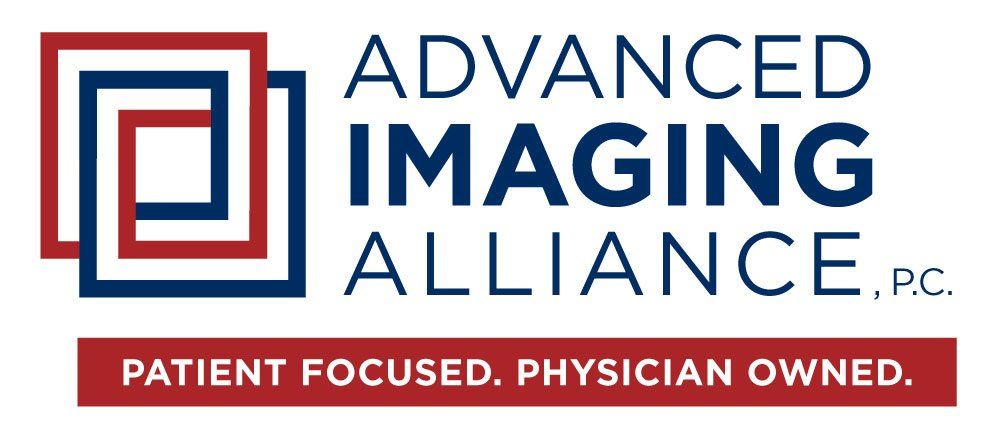Preparing for Your Low-Dose Lung Screening | Low Dose CT Scan
Low-dose CT scans are a recommended screening test for lung cancer, especially for adults who are at high risk but have no symptoms. If you are preparing for your first low-dose lung screening, you may be wondering what to expect and how to prepare.
To begin with, you should know that low-dose CT scans are painless and non-invasive. They use low levels of radiation to create detailed images of your lungs, which are then interpreted by a radiologist. Before the scan, you will be asked to change into a hospital gown and remove any jewelry or metal objects.
It is important to note that you do not need to follow any special steps to prepare for a low-dose lung screening. You can eat and drink as you usually do, and you do not need any dyes or shots for the scan. However, if you feel nervous or anxious before the scan, there are some tips you can follow to help you relax.
Understanding Low-Dose Lung Screening
Purpose of the Screening
Low-dose lung screening is a diagnostic test that uses low-dose computed tomography (LDCT) to detect lung cancer in its early stages. The purpose of the screening is to identify lung cancer before symptoms develop, when it is most treatable. According to the Mayo Clinic, lung cancer screening is recommended for adults who are current or former smokers and who don't have any signs or symptoms of lung cancer.
Benefits and Risks
The benefits of low-dose lung screening are that it can detect lung cancer at an early stage, which can increase the chances of successful treatment. According to Verywell Health, early detection of lung cancer increases survival rates to 59%, compared to a 22.6% survival rate in later stages of the disease. However, there are also risks associated with the screening. False-positive results can occur, which can lead to additional testing and unnecessary anxiety. Additionally, there is a small risk of radiation exposure from the LDCT scan.
Eligibility Criteria
Not everyone is eligible for low-dose lung screening. According to the Centers for Disease Control and Prevention, the only recommended screening test for lung cancer is low-dose computed tomography (LDCT), and it is recommended for individuals who meet the following criteria:
- Age 50-80 years old
- Have a history of smoking at least 20 pack-years (pack years are calculated by multiplying the number of packs of cigarettes smoked a day by the number of years that you smoked)
- Currently smoke or have quit within the past 15 years
It is important to note that individuals who have symptoms of lung cancer, such as coughing up blood or persistent cough, should not undergo low-dose lung screening and should instead undergo diagnostic testing.
Preparing for the Procedure
Scheduling Your Appointment
To schedule a low-dose lung screening, patients should contact their healthcare provider. Patients should inform their healthcare provider if they have any symptoms of lung cancer, such as coughing, chest pain, or shortness of breath. The healthcare provider will determine if the patient meets the screening criteria and will provide instructions on how to schedule the appointment.
Pre-Screening Instructions
Before the screening, patients should avoid wearing any clothing with metal, such as zippers or buttons. Patients should also avoid wearing jewelry, as it may interfere with the screening procedure. Patients should inform their healthcare provider of any medications they are taking, as some medications may interfere with the screening results.
What to Expect on the Day
On the day of the screening, patients should arrive at the screening location at least 15 minutes before their scheduled appointment time. Patients should bring a photo ID, insurance card, and complete any pre-screening paperwork provided. Patients should expect the screening to take approximately 30 minutes. During the screening, the patient will lie on their back on a table with their arms raised above the head. The table will slide to the center of the CT machine and the scanner will rotate around you, taking pictures of your lungs. The technologist will instruct you to remain very still and may ask that you hold your breath at times throughout the scan to obtain clear images. The screening is painless and non-invasive, and there are no needles or injections involved.
Overall, preparing for a low-dose lung screening is a simple process that can help detect lung cancer in its early stages. By following the pre-screening instructions and knowing what to expect on the day of the screening, patients can ensure that the screening process goes smoothly. To see if you qualify for a low-dose CT scan contact Naugatuck Valley Radiology.


LOCATIONS
Prospect
166 Waterbury Road, Suite 105
Waterbury
1389 West Main Street, Tower 1, Suite 107
Southbury
385 Main Street, South Union Square, Building 2
© Naugatuck Valley Radiological Associates NVRA). All Rights Reserved.



